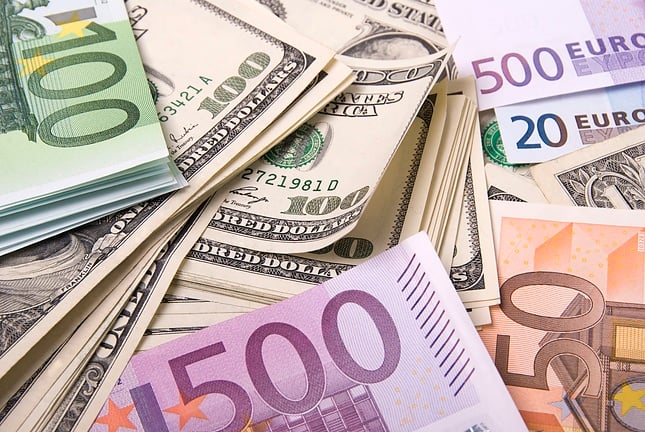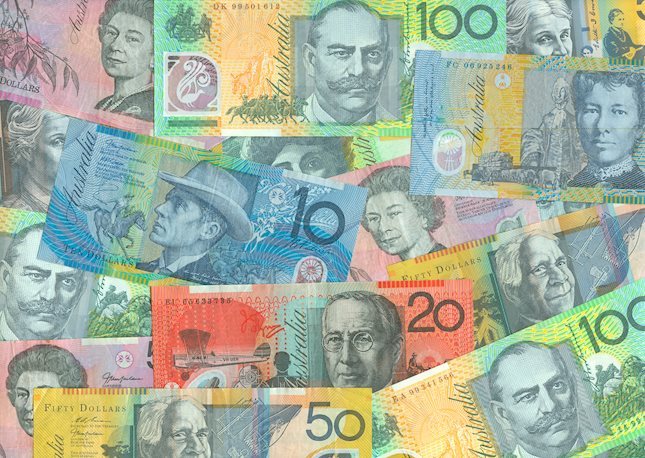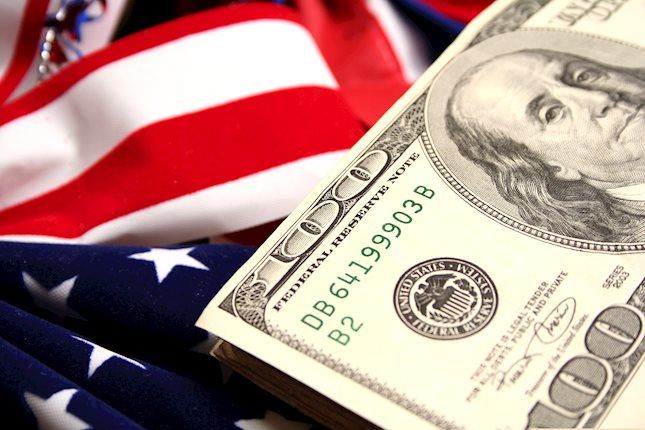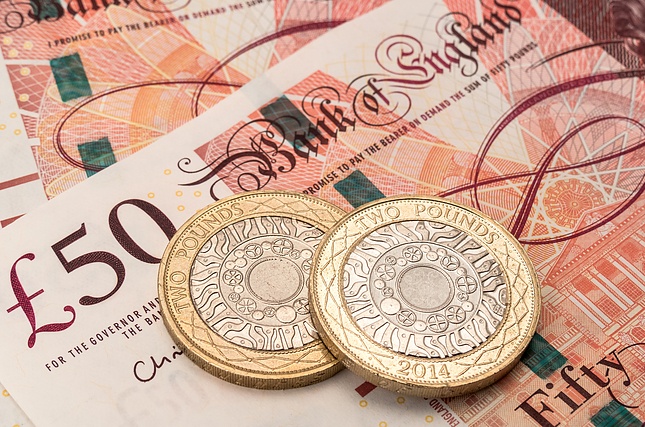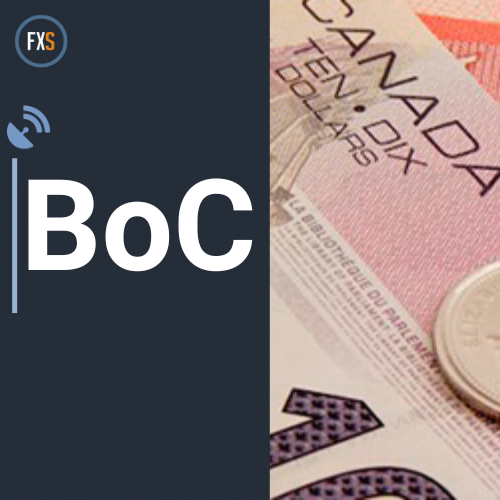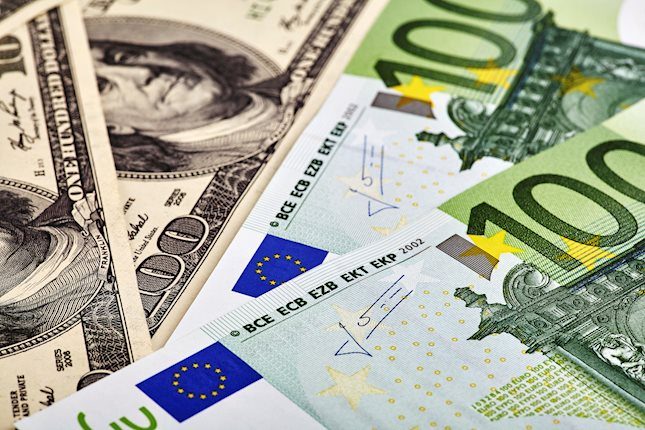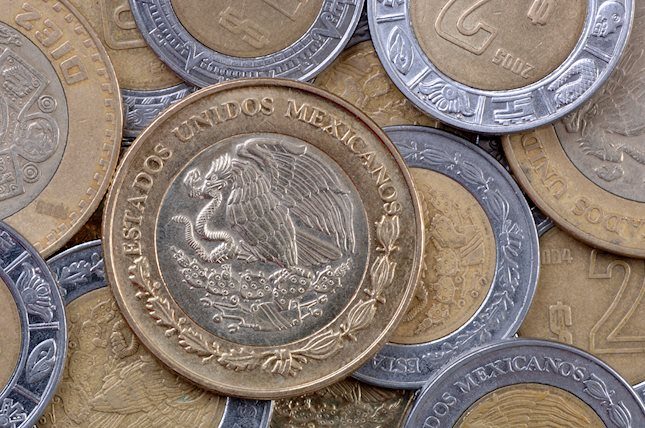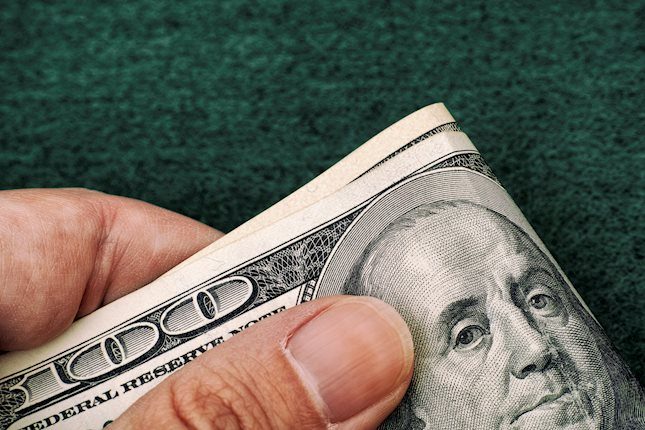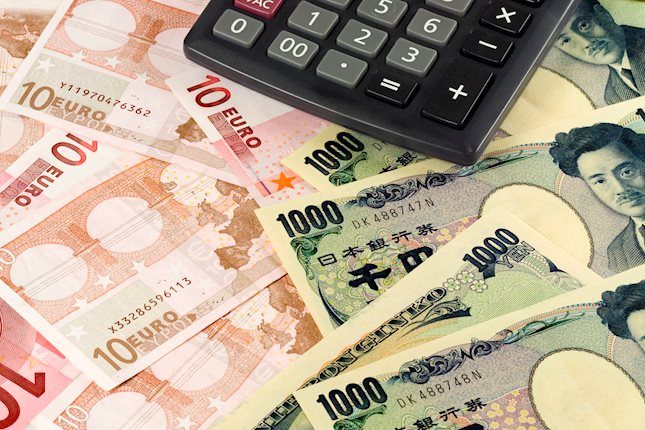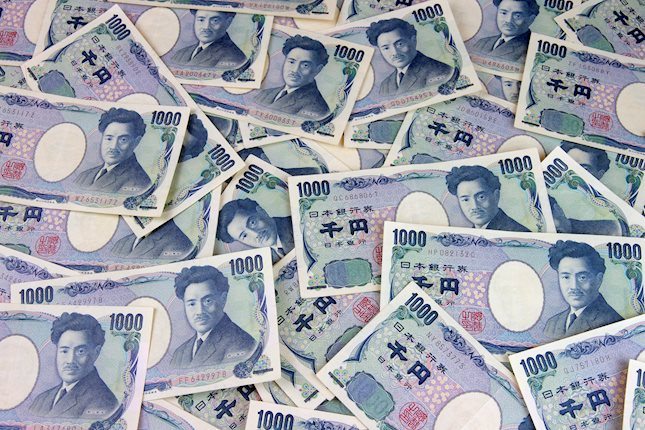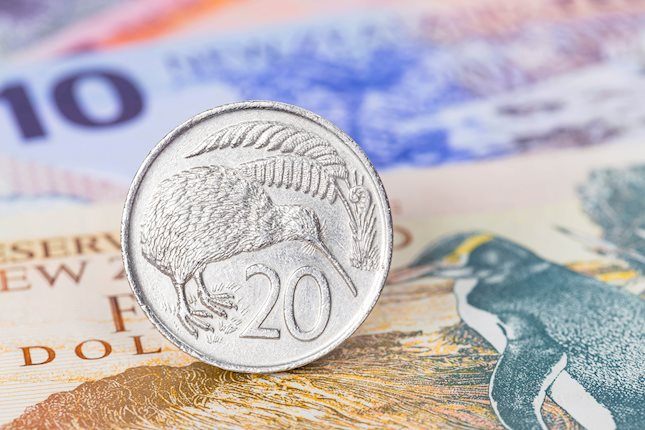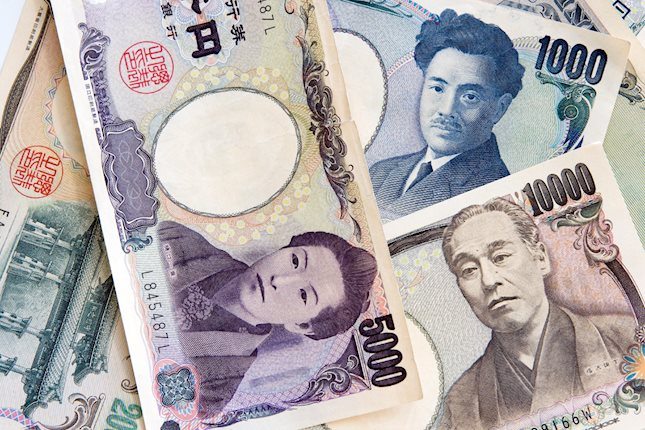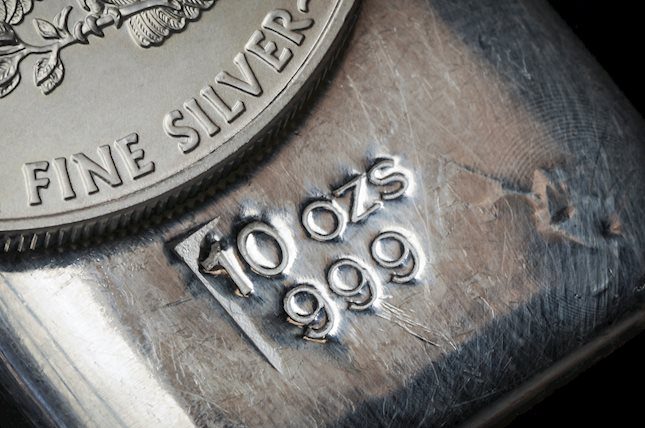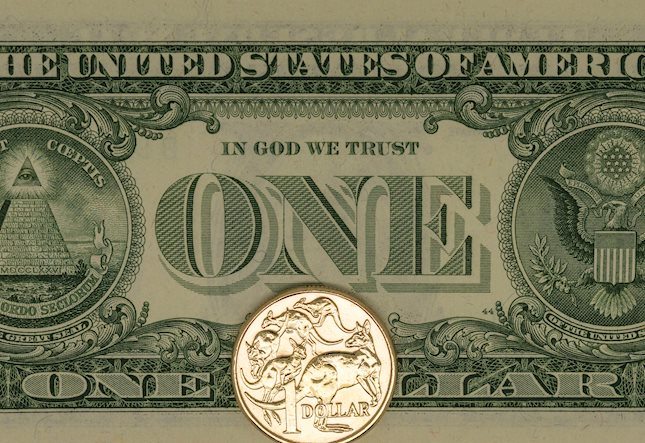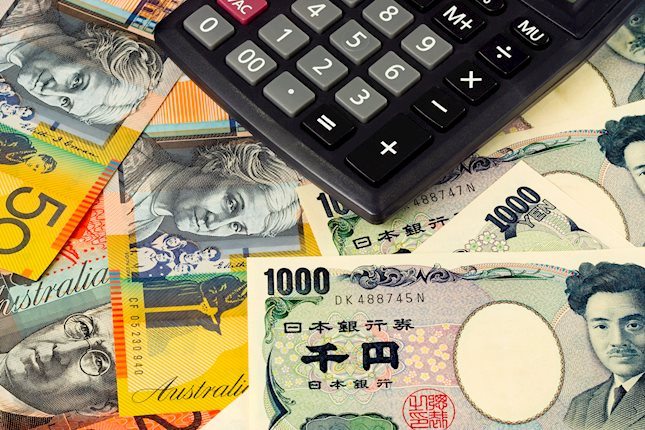-
Opps!
This language contents are not available!

AUD/JPY moves above 101.50 due to growing doubts over BoJ policy outlook
- AUD/JPY continues to rise amid Japan's political instability, which casts uncertainty over the Bank of Japan's policy direction.
- Recent polls show that Japan's Liberal Democratic Party-led coalition may lose its majority in Parliament.
- The Australian Dollar gained ground due to the rising hawkish mood surrounding the RBA.
AUD/JPY extends its gains for the third consecutive day, trading near 101.60 during European hours on Wednesday. The Japanese Yen (JPY) is under heavy selling pressure due to growing concerns over political instability, which further clouds the outlook for the Bank of Japan's (BoJ) monetary policy.
In Japan, recent polls indicate the ruling coalition led by the Liberal Democratic Party (LDP) may lose its majority in the general election this weekend, which could jeopardize Prime Minister Shigeru Ishiba's position or push the party to seek an additional coalition partner to remain in power, per Reuters.
In its October World Economic Outlook (WEO) report, the IMF downgraded Japan's economic growth forecast to 0.3% for this year, down from 1.7% in 2023. The projection was revised downward by 0.4% compared to the July outlook. Looking ahead, the IMF expects the economy to grow by 1.1% in 2025, driven by stronger private consumption as real wage growth picks up.
Furthermore, traders will likely observe the speech of the Bank of Japan Governor Kazuo Ueda at the IMF-hosted "Governors Talk" session scheduled later in the North American session.
The Australian Dollar (AUD) receives support as upbeat employment data has strengthened the hawkish sentiment surrounding the Reserve Bank of Australia (RBA). Further support for the Aussie Dollar came from China's recent rate cuts, as China remains Australia's largest trading partner.
On Monday, RBA Deputy Governor Andrew Hauser expressed some surprise at the robust employment growth. He pointed out that the labor participation rate is notably high and clarified that while the RBA relies on data for its decisions, it is not overly fixated on it.
Interest rates FAQs
Interest rates are charged by financial institutions on loans to borrowers and are paid as interest to savers and depositors. They are influenced by base lending rates, which are set by central banks in response to changes in the economy. Central banks normally have a mandate to ensure price stability, which in most cases means targeting a core inflation rate of around 2%. If inflation falls below target the central bank may cut base lending rates, with a view to stimulating lending and boosting the economy. If inflation rises substantially above 2% it normally results in the central bank raising base lending rates in an attempt to lower inflation.
Higher interest rates generally help strengthen a country’s currency as they make it a more attractive place for global investors to park their money.
Higher interest rates overall weigh on the price of Gold because they increase the opportunity cost of holding Gold instead of investing in an interest-bearing asset or placing cash in the bank. If interest rates are high that usually pushes up the price of the US Dollar (USD), and since Gold is priced in Dollars, this has the effect of lowering the price of Gold.
The Fed funds rate is the overnight rate at which US banks lend to each other. It is the oft-quoted headline rate set by the Federal Reserve at its FOMC meetings. It is set as a range, for example 4.75%-5.00%, though the upper limit (in that case 5.00%) is the quoted figure. Market expectations for future Fed funds rate are tracked by the CME FedWatch tool, which shapes how many financial markets behave in anticipation of future Federal Reserve monetary policy decisions.
Forex News
Keep up with the financial markets, know what's happening and what is affecting the markets with our latest market updates. Analyze market movers, trends and build your trading strategies accordingly.

